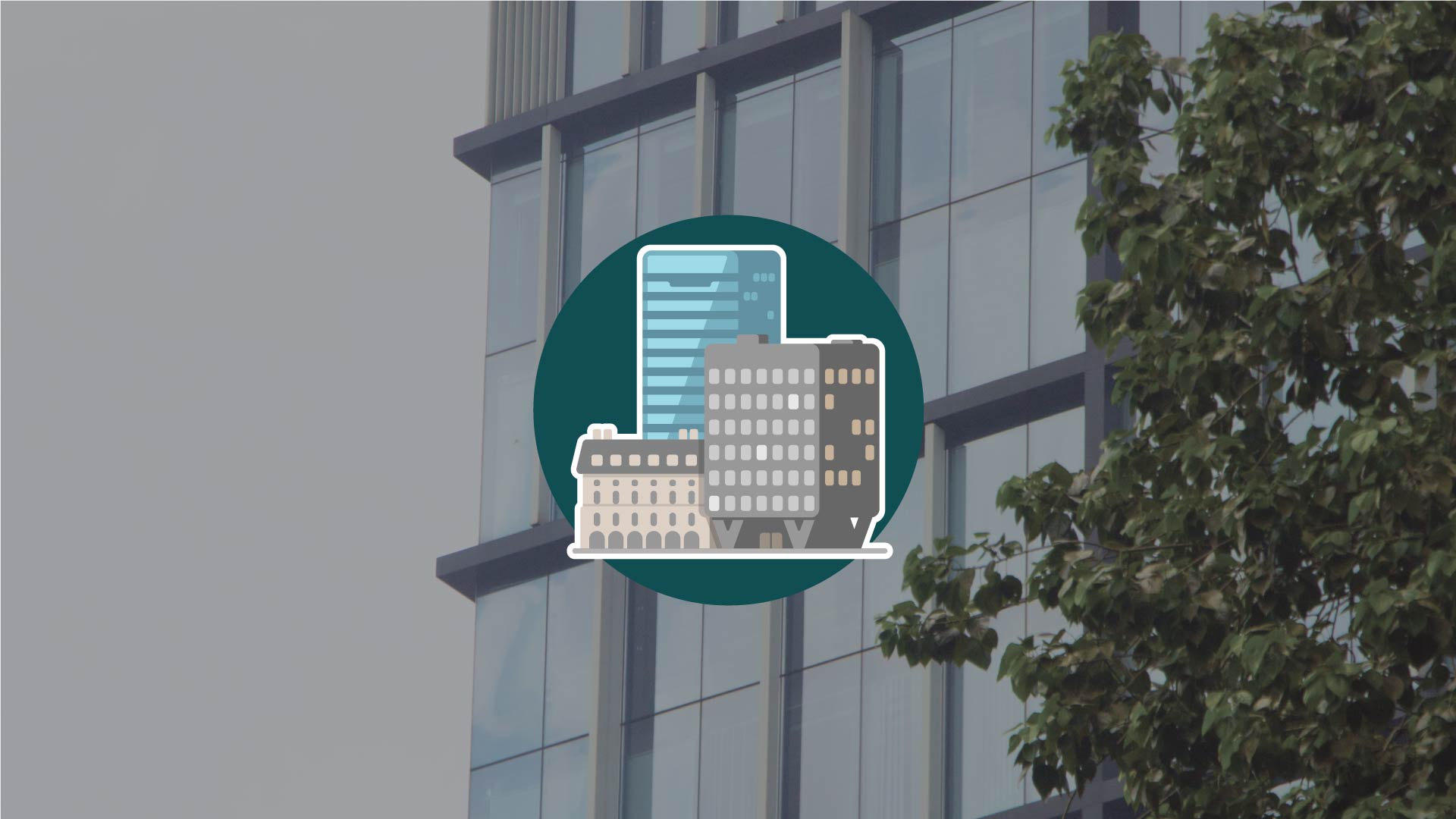How it Works
Scan to say Hello
We’ll design eye-catching signs based on your branding, for you to install at your chosen sites.
These signs explain why your audience should engage, with a large QR code for them to scan.

How it Works
Start Talking
The QR code takes users to a webpage with a chat interface – no downloads are needed. (We also support SMS, WhatsApp, or integrate with your existing app.)
Users are greeted with a friendly welcome message, inviting them to respond.

How it Works
Follow the Chat
Users can ask and answer questions, get updates and support, learn about your projects and give feedback.
Live insights from these conversations can be seen via your dashboard.


Focus on What's Important
Is your community looking for help at all times, wherever they are?
This is distracting enough for your team working 9–5, but it’s nearly impossible to manage outside these hours, or in more remote areas.
We can reduce frustrated users as well as frazzled colleagues. Let us save your team from repetitive requests. Let them focus on the jobs that really matter.

You're in control
We’ll work closely with you to understand your objectives, values and audience – making sure your virtual agents are the best possible representatives.
What makes us unique is the way we blend powerful AI tech with tailored, curated content.
This combination gives you power over what can (and can’t) be said by your agents, whilst giving thoughtful and fitting responses to users.
Why choose Hello Lamp Post?



money


feedback

footprint
Solutions for Every Organisation
Here are some of the ways our clients are using Hello Lamp Post…
- Visitor Assistant
- Public Consultation
- Visitor Recommendations
- Surveys
- Customer Reviews
- Report an issue
- Competitions
- Self-Assessment Quiz


Your Dashboard
Your dashboard helps you understand your community better via detailed engagement metrics, conversation logs and real-time insight charts.
From the dashboard you can track, analyse and optimise conversations happening across all your locations.






















